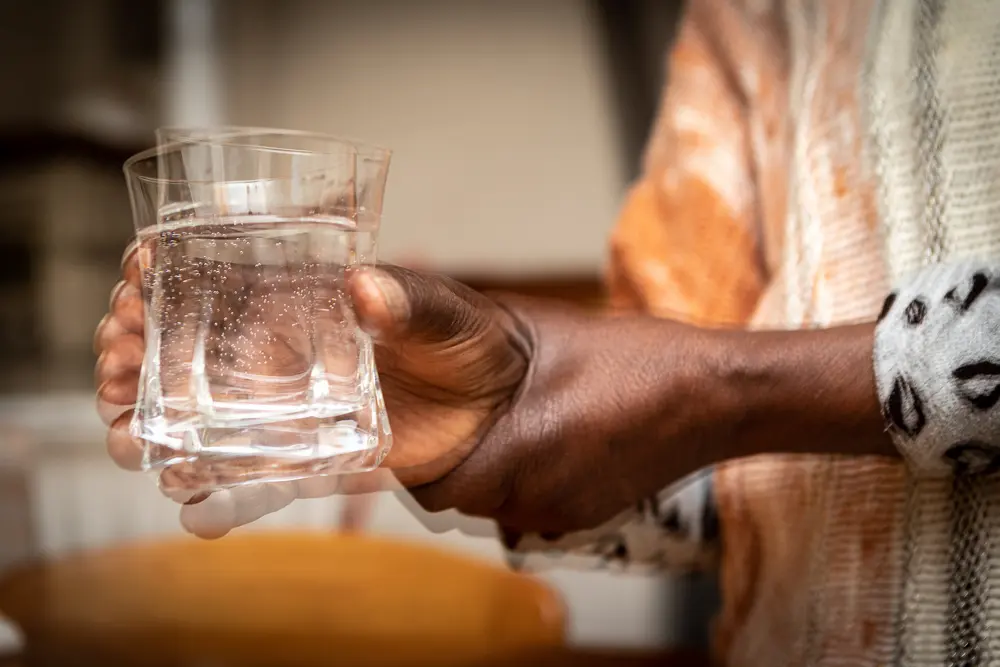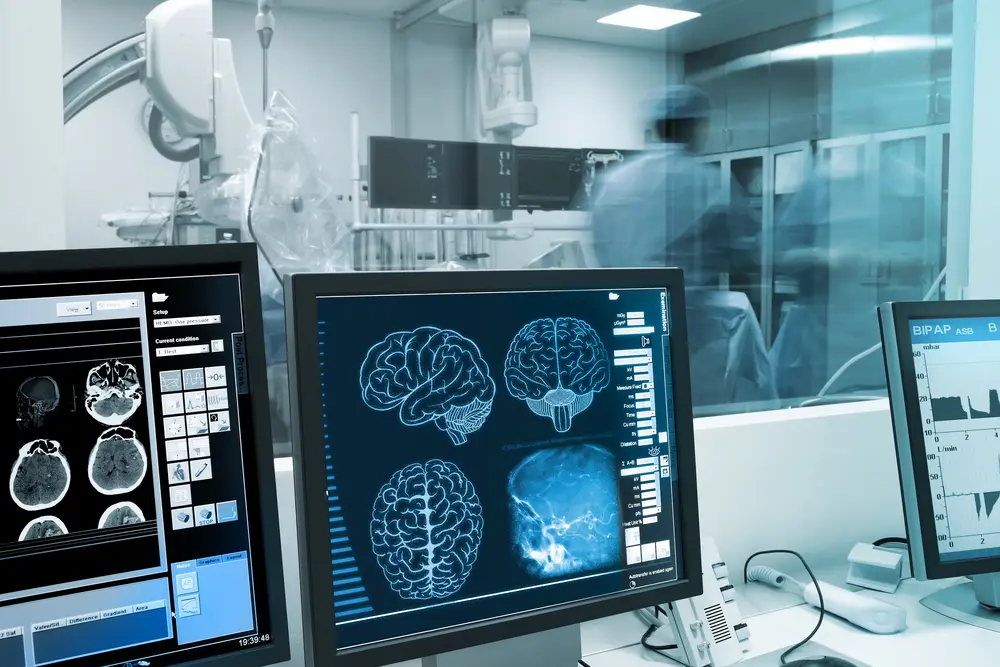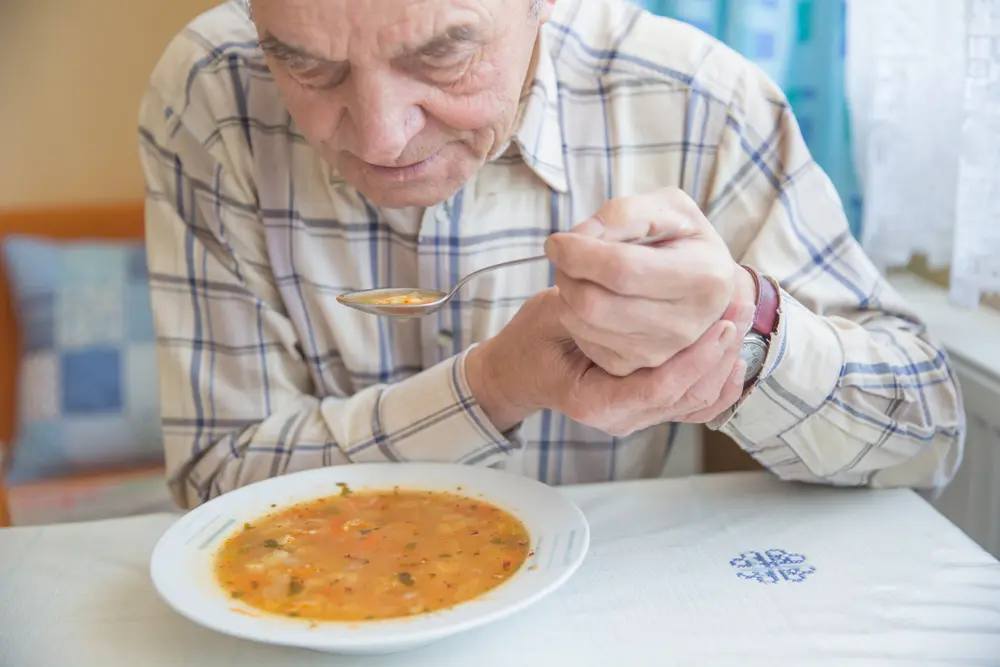
Parkinson’s disease is a progressive condition that affects the nervous system (brain cells, nerves, and the spinal cord). People with Parkinson’s may experience tremors, difficulty sleeping, fatigue, depression, and more.
The cause of this neurological disorder isn’t clear, but risk factors include family history and exposure to pesticides, solvents, and air pollution.
While researchers are still searching for a cure for Parkinson’s disease, medication, rehabilitation, and surgery can significantly reduce the symptoms.
Please keep reading to discover the disease’s early signs, progression, impact, and treatment options.
Parkinson’s is caused by degeneration of neurons (nerve cells) in substantia nigra. This is the part of the brain that controls movement. These neurons become impaired or die, and lose the ability to produce dopamine.
Dopamine helps coordinate millions of muscle and nerve cells responsible for movement. And when not enough is produced, it can lead to tremor, rigidity, slowness of movement and impaired coordination and balance – the hallmark symptoms of the disease.
Although the main cause of Parkinson’s is still unknown, theories involving the following factors have been discussed as potential causes:
The risk factors of this neurological disorder include:
Parkinson’s is progressive. This means that people living with Parkinson’s disease often experience a gradual development of the symptoms, which intensify with time.

Here are more early signs of Parkinson’s disease:
Other conditions like Multiple System Atrophy (MSA) and Progressive Supranuclear Palsy (PSP) also affect body movements like balance, walking and eye function. But PSP symptoms progress more quickly.
Parkinson’s disease evolves through five stages depending on the degree of clinical disability.
Parkinson’s symptoms start slowly. At first, they are mild and don’t stop one from performing daily duties. Tremors and other motor symptoms affect only one side of the body. Other signs include changes in walking, posture, and facial expressions.
Symptoms get more severe. Essential tremors, stiffness, and other motion difficulties can impact both sides of the body and spread to the trunk or neck. Additionally, poor posture and other walking difficulties can be visible.
While people at this stage of the disease can live independently, it might take longer to complete daily tasks.
The major characteristic of this stage is a lack of balance. Making turns while walking can be challenging and could lead to frequent falls.
Performing all the daily tasks can be tricky for those in this stage, but they can still live independently.
This stage marks a full development of the symptoms, and disabilities may start setting in. Walking or standing with someone’s help is possible, but a walker or cane is necessary.
Persons at stage four need help with their daily chores, so they can’t live independently.
Movement becomes difficult at this phase. Besides, medications don’t have a major impact, and the disease can start impacting people’s quality of life.
The person spends most of the time in a wheelchair or bed and needs help moving around. They also require daily help with everything else.

The current treatment options include:
Medicines usually help in managing Parkinson’s symptoms by:
Replenishing dopamine temporarily or mimicking its action. For example, Levodopa combined with carbidopa to control non-movement symptoms.
Deep brain stimulation is a surgical procedure that involves placing implants in the brain and chest to stimulate various parts of the brain and stop movement symptoms. This approach works for people with a slow response to medication.
Artificial intelligence has been used to detect compounds that can prevent the aggregation or clumping of alpha-synuclein – the protein associated with Parkinson’s. Researchers at the University of Cambridge employed machine learning to screen a chemical library with millions of super-potent compounds, identifying possible drug candidates.
Research has shown that people with Parkinson’s disease have a high level of gut microbiome. Future research will help to establish what causes Parkinson’s disease and possibly manipulate the microbiome to stop its growth.
The life expectancy of people living with Parkinson’s is similar to that of people without the condition. However, age during diagnosis and treatment quality can impact it.

Here’s how caregivers can help those with Parkinson’s
If you are a caregiver, you might also want to explore the clinical trials to help your loved one access the latest developments in the field. Clinical trials like those offered by Science 37 can provide better treatment options and therapies that are not yet widely available. If this is something you’d like to participate in, click here to see the requirements.


